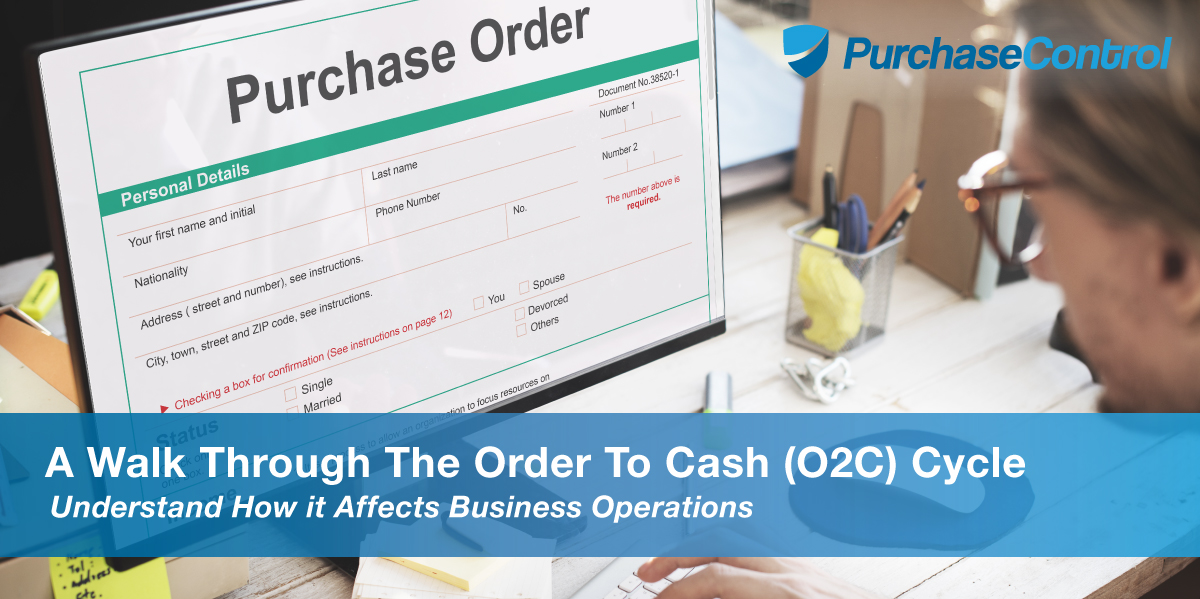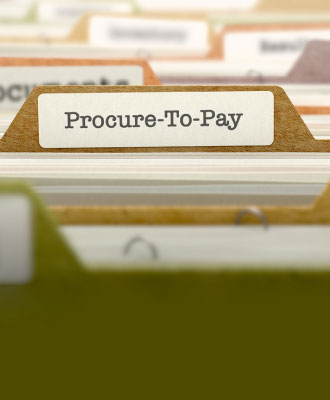Complete Guide Through The Order To Cash (O2C) Process
What is Order to Cash?
The order-to-cash, also known as the O2C or OTC, process, refers to a company’s business process for the entire order processing system. This is a set of business processes to manage from sales order right through to customer payments. It helps define your success as a company and your relationships with customers. Optimizing this process eliminates inefficiencies and can produce benefits seen throughout the entire business.
Steps in the O2C Process
Step One: Customer Places an Order
The cycle begins each time a customer orders goods or services from your company. Having an efficient order management system is important, to ensure there are no delays in order submission, or time wasted with order re-entry.
When your order management system isn’t working properly, you’ll have plenty of issues, such as customers calling about shipment delays or receiving the wrong items. When you have an isolated incident here or there it’s not too much of a problem. But, if this is happening frequently, you’re paying high costs in fixing the original order mistakes and repairing damage to customer relationships.
Step Two: Order is Fulfilled
At this stage, your sales order is prepared for shipment to your customer, or the service appointment is scheduled. In a smooth operation, your order fulfillment is directly linked to your ordering software. This way, your pickers know exactly where to find all the items in the warehouse to prepare orders for shipment.
Step Three: Order is Shipped
In this step, the order is shipped to the customer, or the service order is completed. In shipping, some of this can be automated. For instance, when someone marks the order as shipped in the system, the customer should automatically receive an email with tracking information, so they can know when to expect the items.
Step Three: Invoice Created and Sent to Customer
Unless payment took place at the time the order was placed, an invoice must be generated and sent to the customer. Automation can simplify this process and reduce the likelihood of error.
Step Four: Customer Pays Invoice
At this stage, the customer sends payment for the invoice. Ideally, there should be multiple options to choose from, such as electronic funds transfer, credit, or debit card payments. While you can provide the option to mail in a check or money order, this opens up room for delays in the process. The easier you can make it for your customers to give you money, the faster you can get paid.
Step Five: Payment is Recorded in General Ledger
When you receive payment for an order, the accounts receivable department will record it in the general ledger.
“By using integrated software, you can automate parts of the process and reduce error, improving customer service and operating cashflow.”
O2C Best Practices
Establish Standards for Your Entire Company
Regardless of your company’s current size, establishing standards to create consistency now helps to ensure things will continue to run smoothly as you grow. Taking steps to decrease the O2C cycle time, even by a day or two on each order, increases the amount of available working capital. With more operating cash available, you’re free to continue day-to-day operations without financial stress, and able to earn more.
Integrate All Your Systems
How many computer systems does your business use for day-to-day operations? How many of them run independently, and how many are integrated? Integrating the systems not only help to shorten the Order-To-Cash cycle, but also reduces error potential. Fully integrating your ordering, fulfillment, and billing and payment systems may take time, but can shave days to weeks off your cycle time. It will automatically take order data and send it to fulfillment, and then send it to billing, and record payments. Imagine the time you can save when you no longer have to manually push an order from one stage to the next.
Regularly Monitor and Evaluate Your Process
Configure your system to send automatic alerts any time exceptions occur. If your system requires human intervention for review, there’s always a greater potential for failure. If someone is left with a long list of transactions for manual review, fatigue could easily set it and allow issues to slip through the cracks.
Exceptions to your rules will undoubtedly occur from time to time. People make mistakes, and there’s always the possibility your sales staff or a customer will enter an order incorrectly, creating a bottleneck in the entire system. To keep things running efficiently, make sure you have well-trained staff available to resolve those issues without needing constant management intervention.
Managers must consistently monitor the program for those alerts, to keep an eye on activity. Every month, or at least once every quarter, managers should also review their key metrics to identify potential bottlenecks. If any bottlenecks are found, take steps to remove them. Continuous evaluation ensures your processes continue to work as smoothly as possible and makes it easier to identify areas where improvement could make the process even more efficient.
All businesses have room to improve on procedures over time – and what worked efficiently a few years ago may not be working as well today.
Consider when you visit a restaurant with your family. You may have to wait a while for a server to come to your table to take your order, or you may have to wait a while for that server to return for your credit card when it’s time to pay and leave. These are common frustrations for consumers, even when they remain loyal to the restaurants because the food is good.
To remove those frustrations, and to speed the process for themselves, many chains, such as Olive Garden, Chili’s, have opted to use computerized ordering and payment systems, allowing customers to place orders for food as soon as they sit down. They can also process their payment directly at the table, without requiring a server to intervene. This ensures that no matter how busy servers are attending to tables, no customer has to wait for anything other than food preparation and delivery.
We can help you streamline your O2C process to put more money in your pocket faster.
Find Out How








